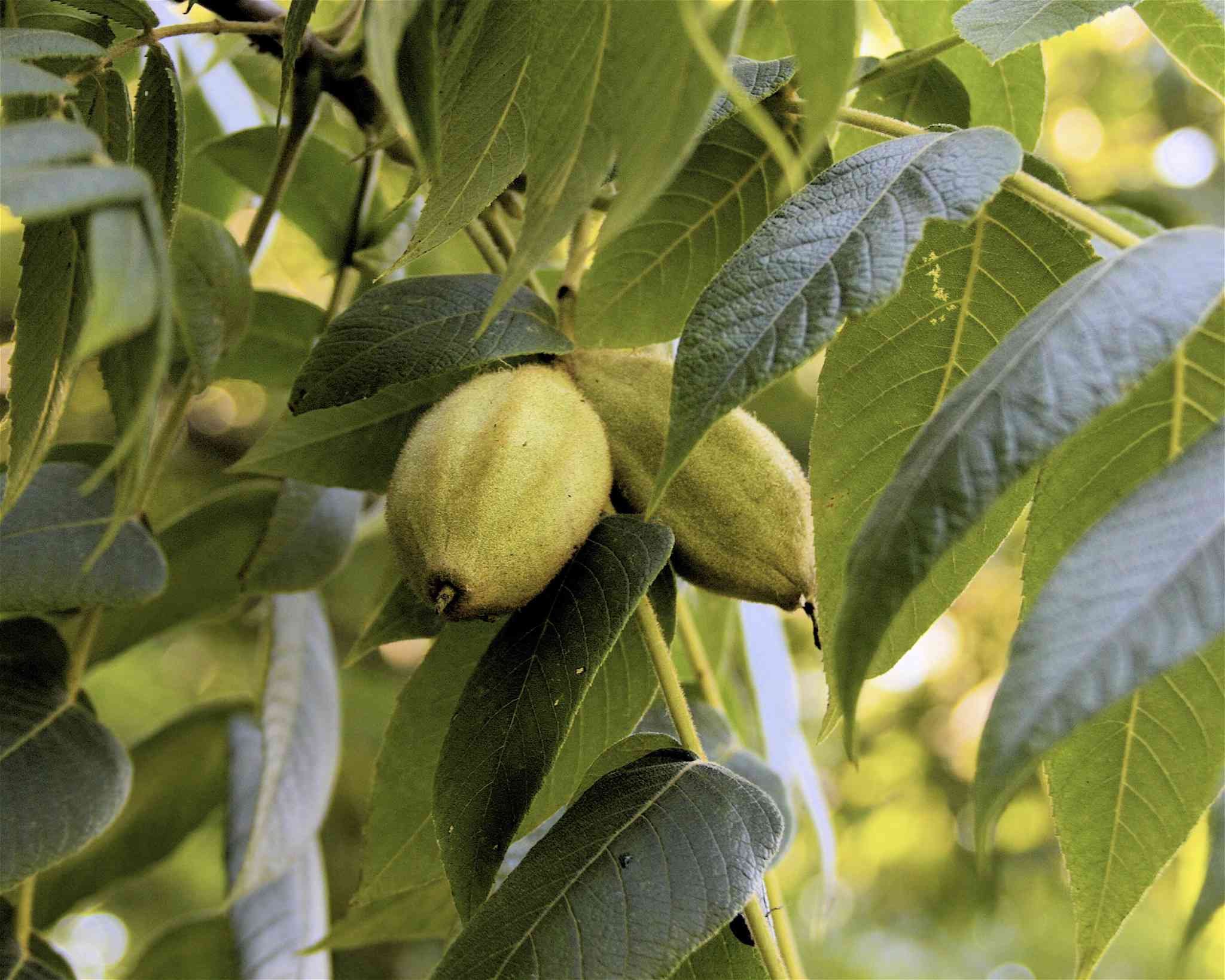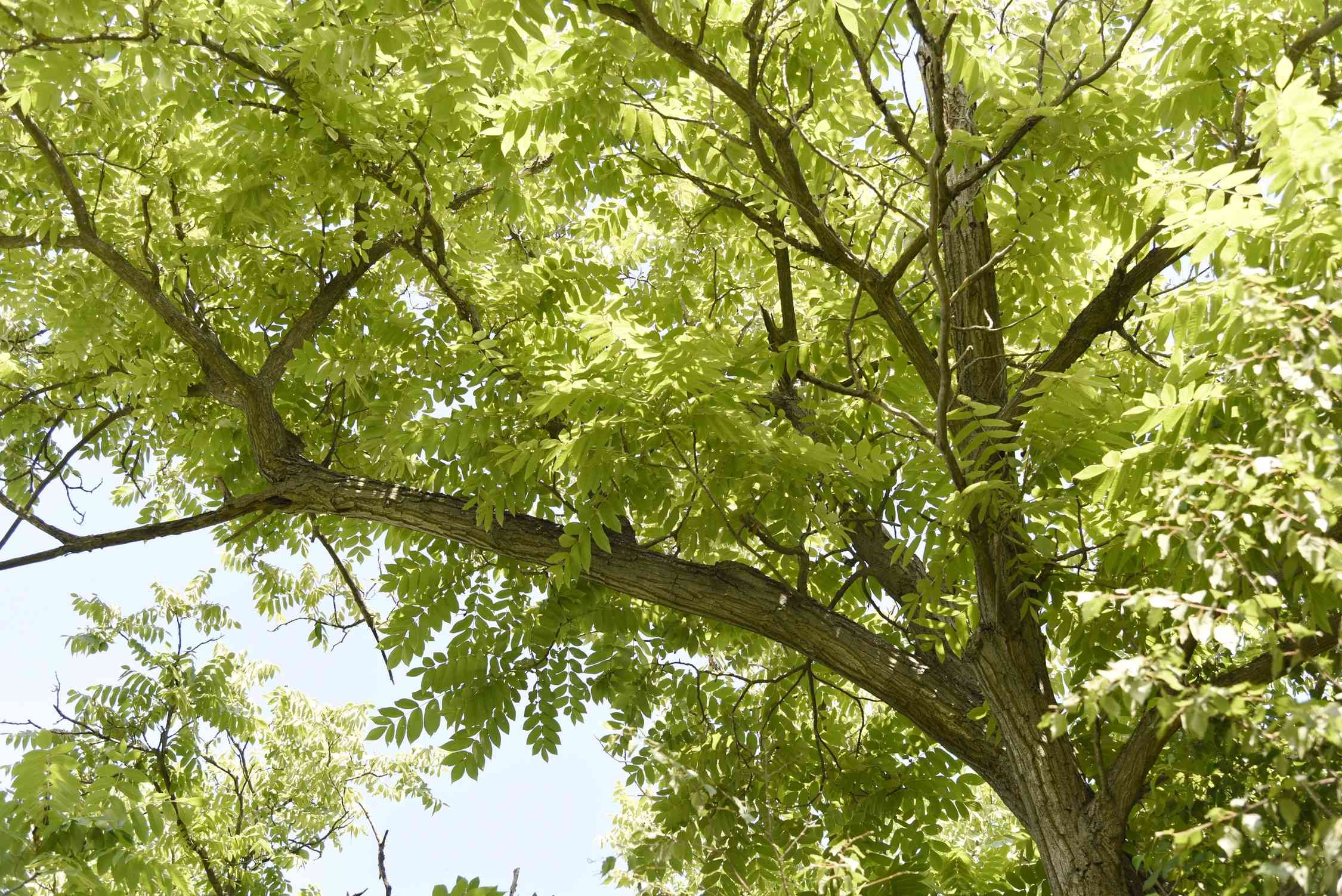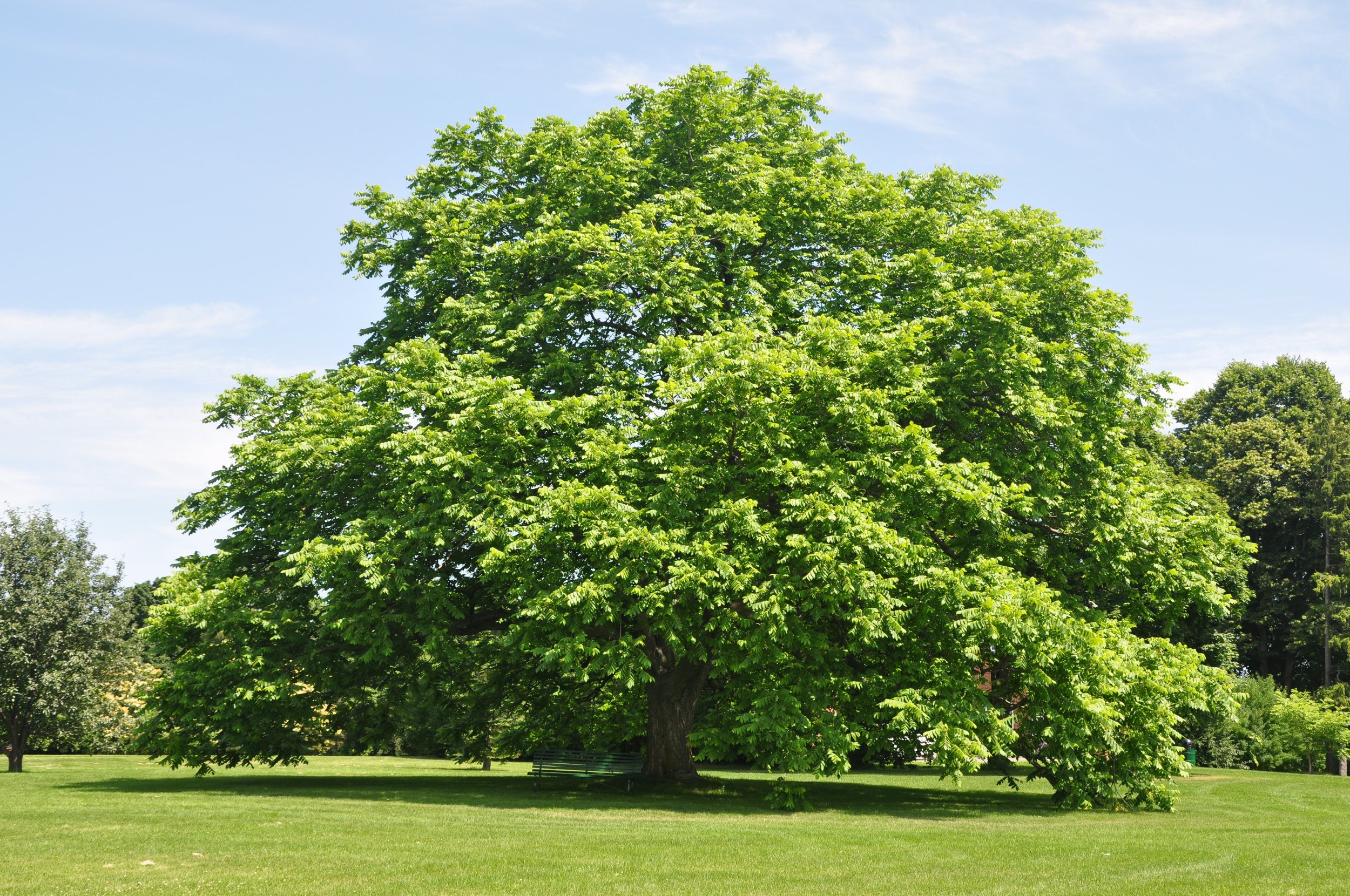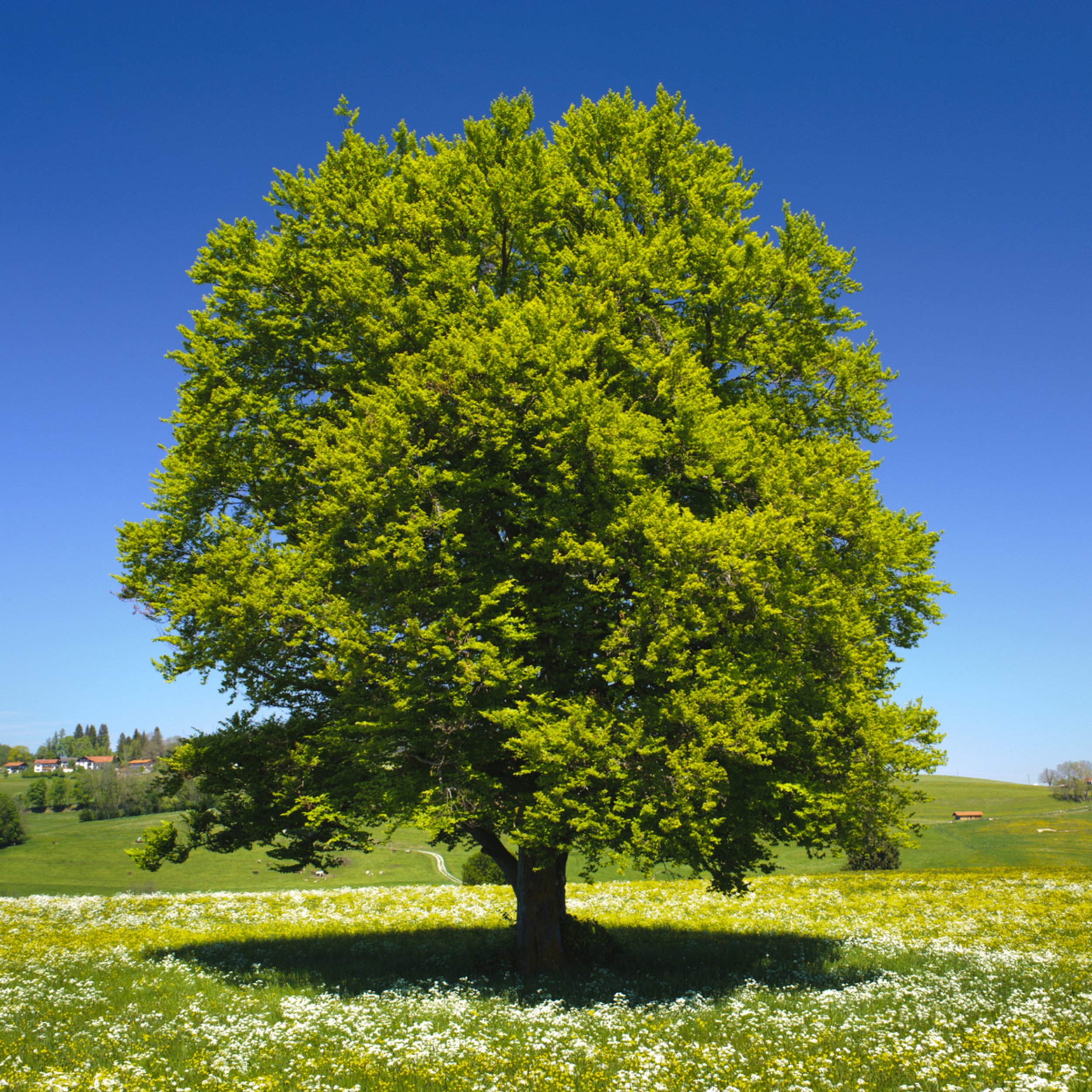Butternut
Juglans cinerea. Butternut is a rare and valuable nut tree native to North America. Historically prized by Native Americans and early settlers, the butternut tree produces deliciously rich and buttery-flavored nuts while also offering high-quality wood for furniture and crafts. This long-lived tree is an excellent choice for those looking to grow a unique nut tree with exceptional culinary and ecological value. These are seedlings of the historic G Bush Butternut Tree that was brought from Missouri to Tumwater, WA in a wagon by George Bush in 1845.
George Washington Bush was an African-American veteran of the War of 1812 who became a pioneer of the Puget Sound region and founder of the city of Tumwater. The tree was thought to be the oldest butternut in the US and possibly the oldest in the world. Historians are divided on whether Bush brought a seed or seedling with him from Missouri to the Puget Sound area.
The tree prefers full sun, balanced moisture, and mildly acidic soils, does best on moist soils, and can even tolerate periods of standing water and clay soils. Speedy growth is better in a moist loam. While self-fertile, these trees will do better with a pollination partner such as another seedling or when planted with black walnut trees. Butternut canker is a fungal disease that effects 80% of butternut trees and seedlings. Similar to size and shape of the black walnut, up to 60-75 FT. Also produces juglone, be smart about planting partners and distances.
Sold as bare root trees 12-24” tall.
Juglans cinerea. Butternut is a rare and valuable nut tree native to North America. Historically prized by Native Americans and early settlers, the butternut tree produces deliciously rich and buttery-flavored nuts while also offering high-quality wood for furniture and crafts. This long-lived tree is an excellent choice for those looking to grow a unique nut tree with exceptional culinary and ecological value. These are seedlings of the historic G Bush Butternut Tree that was brought from Missouri to Tumwater, WA in a wagon by George Bush in 1845.
George Washington Bush was an African-American veteran of the War of 1812 who became a pioneer of the Puget Sound region and founder of the city of Tumwater. The tree was thought to be the oldest butternut in the US and possibly the oldest in the world. Historians are divided on whether Bush brought a seed or seedling with him from Missouri to the Puget Sound area.
The tree prefers full sun, balanced moisture, and mildly acidic soils, does best on moist soils, and can even tolerate periods of standing water and clay soils. Speedy growth is better in a moist loam. While self-fertile, these trees will do better with a pollination partner such as another seedling or when planted with black walnut trees. Butternut canker is a fungal disease that effects 80% of butternut trees and seedlings. Similar to size and shape of the black walnut, up to 60-75 FT. Also produces juglone, be smart about planting partners and distances.
Sold as bare root trees 12-24” tall.
Juglans cinerea. Butternut is a rare and valuable nut tree native to North America. Historically prized by Native Americans and early settlers, the butternut tree produces deliciously rich and buttery-flavored nuts while also offering high-quality wood for furniture and crafts. This long-lived tree is an excellent choice for those looking to grow a unique nut tree with exceptional culinary and ecological value. These are seedlings of the historic G Bush Butternut Tree that was brought from Missouri to Tumwater, WA in a wagon by George Bush in 1845.
George Washington Bush was an African-American veteran of the War of 1812 who became a pioneer of the Puget Sound region and founder of the city of Tumwater. The tree was thought to be the oldest butternut in the US and possibly the oldest in the world. Historians are divided on whether Bush brought a seed or seedling with him from Missouri to the Puget Sound area.
The tree prefers full sun, balanced moisture, and mildly acidic soils, does best on moist soils, and can even tolerate periods of standing water and clay soils. Speedy growth is better in a moist loam. While self-fertile, these trees will do better with a pollination partner such as another seedling or when planted with black walnut trees. Butternut canker is a fungal disease that effects 80% of butternut trees and seedlings. Similar to size and shape of the black walnut, up to 60-75 FT. Also produces juglone, be smart about planting partners and distances.
Sold as bare root trees 12-24” tall.




